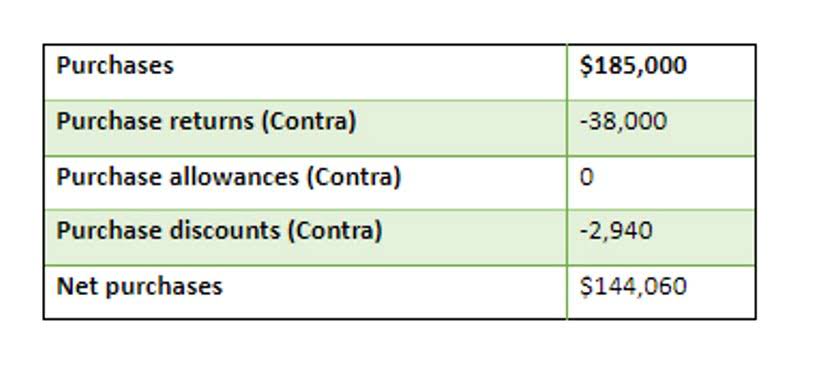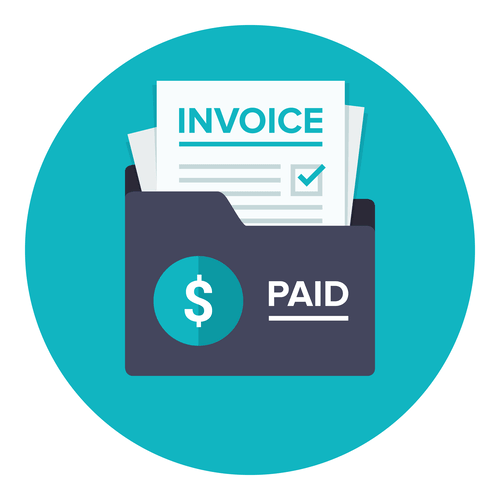
They are both key accounting terms—but many small business owners confuse markup vs. margin. Understanding the differences can help you make more informed decisions about your business’s performance and how to set the right prices. The basis for the markup percentage is cost, while the basis for margin percentage is revenue. The cost figure should always be lower than the revenue figure, so markup percentages will be higher than profit margins. The article explains the concepts of markup and margin, highlighting how they are used to determine pricing and profitability in business. It outlines the key differences between the two metrics and emphasizes the importance of correctly applying each to avoid pricing and profit calculation errors.
Markup formula
- However, most retailers don’t bother calculating the markup on cost because most of the other financial data they rely on are defined as a percentage of the selling price.
- Understanding how to balance both is essential for achieving sustainable profitability.
- Learn the difference between budgets and key types of forecasts for use in your ongoing business planning activities with this simple guide.
- The clear difference between markup vs margin is that markup shows how much more you charge than its cost, and margin shows how much profit you make from the selling price.
- Markup helps you set prices, while margin tells you how much you’re actually keeping as profit.
- In some cases, using a fixed markup percentage may result in over or under-pricing of products, negatively impacting sales and profitability.
Though markup and margin may seem similar, they lead to different pricing and profitability outcomes. The key difference is that markup is based on the cost price, while margin is based on the selling price. This difference impacts how pricing strategies should be developed. Markup is the amount added to the cost price of a product to determine its selling price. For example, if a product income summary costs $50 to make and you add a markup of 20%, the selling price will be $60. Markup ensures that businesses cover their costs and earn a profit.

Maintained markup formula
- Shop wholesale homeware, home decor products, jewellery, fashion accessories, stationery, gifts, food, drinks, kids and baby products etc. from thousands of independent wholesale vendors.
- This means that margin tells you how much of the selling price is profit after covering the cost.
- Margin and markup are easily and often confused because both numbers deal with the cost of goods sold, revenue, and the money you actually make on a sale.
- When referring to a dollar amount, these two refer to the same number.
- Although they are often used interchangeably, markup and margin have distinct meanings and implications for your pricing strategy and profitability.
- Much like the analogy of a cup being half full or half empty, margin and markup are two different outlooks on the relationship between price vs. cost.
Both terms relate to the profitability of a product or service, but they are calculated differently and used for distinct purposes. Profit margin is a percentage that reflects the overall profitability of a product after costs, while markup is the amount added to the cost of a product to determine its selling price. Understanding these differences is vital for making informed pricing decisions and managing business finances effectively. Markup pricing is a pricing strategy in which a fixed percentage is added to the cost of a product or service to determine its selling price.
What is a margin percentage?
Whether you’re a business owner, a CFO, or a savvy shopper looking to decipher pricing strategies, this knowledge is invaluable. Margin is crucial for understanding how much profit a business actually makes on each sale. It is often more relevant to the business owner because it gives insight into profitability from a sales perspective. While markup helps you determine pricing, margin helps you understand the efficiency of your pricing and profitability explain the difference between a markup and a margin strategies.
How Automation Is Transforming Industries and Raising Concerns About Jobs and Business Operations
To learn more about barcodes and how to set up a barcode system, read our Ultimate Barcoding Guide. If you ship Zealot to customers in boxes or send them in trucks to stores around the city, you need to factor in the cost of freight charges. Depending on the shipping carrier you use, the shipping speed, and whether you add insurance can make those costs vary wildly. The cost of manufacturing the Zealot may not always stay at $18 (actually, it definitely won’t). Or maybe they’ve expanded and now operate from two different facilities and need more staff to manage the inventory across multiple locations. Whatever the case may be, the wise staff at Archon Optical will want to make sure that they constantly adjust prices to reflect the increase in cost.
When expressed as a percentage of sales, it is called profit-margin but is expressed as a percentage of a cost and called https://www.bookstime.com/articles/self-employment-tax Markup. These are like two sides of a coin – different & yet closely related. That’s why over 15,000 businesses globally trust us as their inventory management solution. Pricing depends on a combination of internal and external factors.
Articles on similar topic
Whereas, markup is how much the cost is increased to set the final selling price. You will find the margin and markup calculations discussed in detail below. Understanding both markup and margin is essential because they help businesses approach pricing from two different perspectives. Markup helps you determine the selling price based on costs, while margin helps you understand how much of your revenue is actual profit. Both calculations are important for businesses to ensure they are pricing their products correctly and maximizing profitability. Understanding the difference between markup and margin is crucial for accurate pricing strategies and financial planning in any business.


When trying to optimize profitability, it’s a mistake that if a product or service is marked up 25%, the result will be a 25% gross margin on the income statement. A clear understanding and application of the two within a pricing model can have a drastic impact on the bottom line. Markup percentage is the difference between the cost of goods sold (COGS) and the selling price, while margin percentage is the difference between the selling price and the profit.